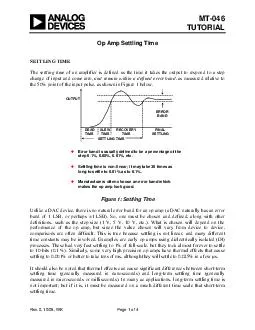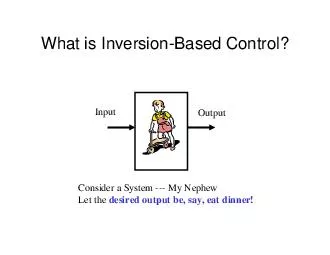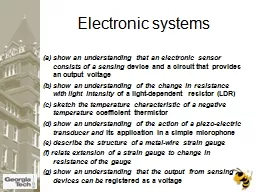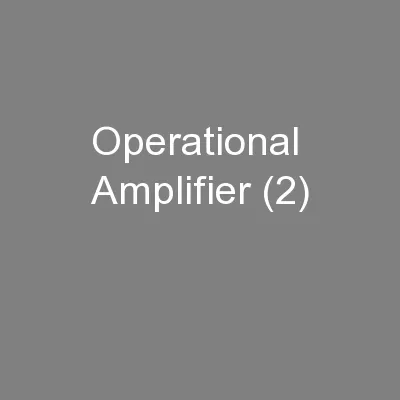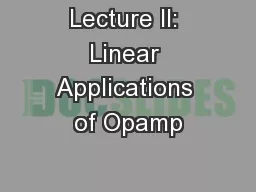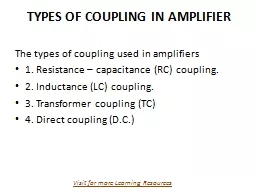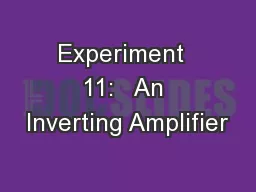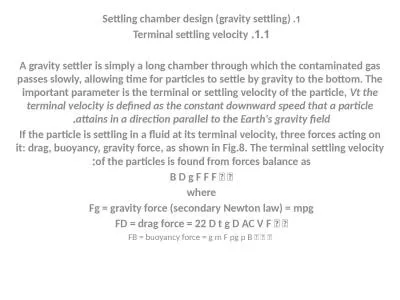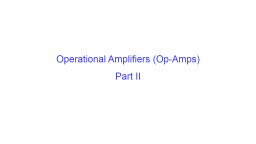PDF-MT TUTORIAL Op Amp Settling Time SETTLING TIME The settling time of an amplifier is defined
Author : test | Published Date : 2014-12-27
Rev0 1008 WK Page 1 of 4 Error band is usually defined to be a percentage of the step 01 005 001 etc Settling time is nonlinear it may take 30 times as long to settle
Presentation Embed Code
Download Presentation
Download Presentation The PPT/PDF document "MT TUTORIAL Op Amp Settling Time SETTLIN..." is the property of its rightful owner. Permission is granted to download and print the materials on this website for personal, non-commercial use only, and to display it on your personal computer provided you do not modify the materials and that you retain all copyright notices contained in the materials. By downloading content from our website, you accept the terms of this agreement.
MT TUTORIAL Op Amp Settling Time SETTLING TIME The settling time of an amplifier is defined: Transcript
Download Rules Of Document
"MT TUTORIAL Op Amp Settling Time SETTLING TIME The settling time of an amplifier is defined"The content belongs to its owner. You may download and print it for personal use, without modification, and keep all copyright notices. By downloading, you agree to these terms.
Related Documents

